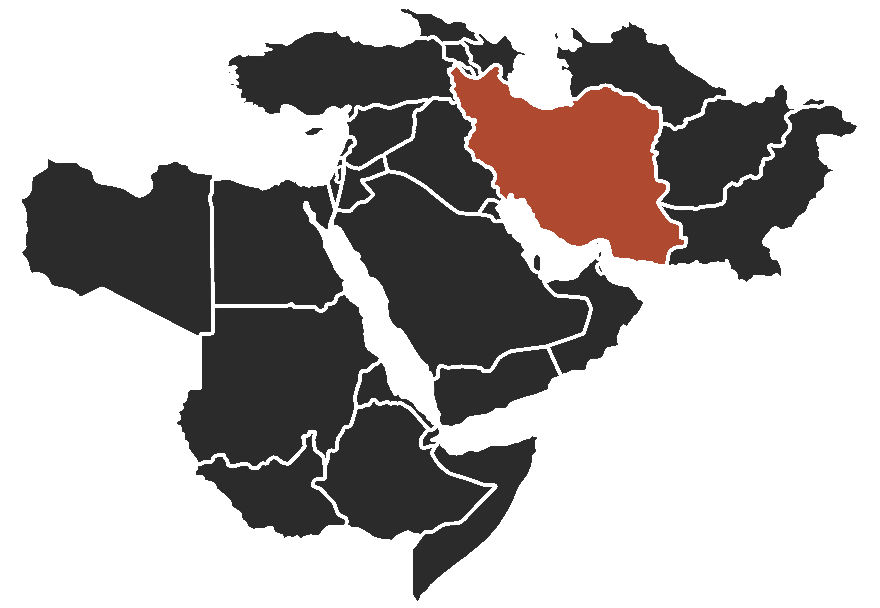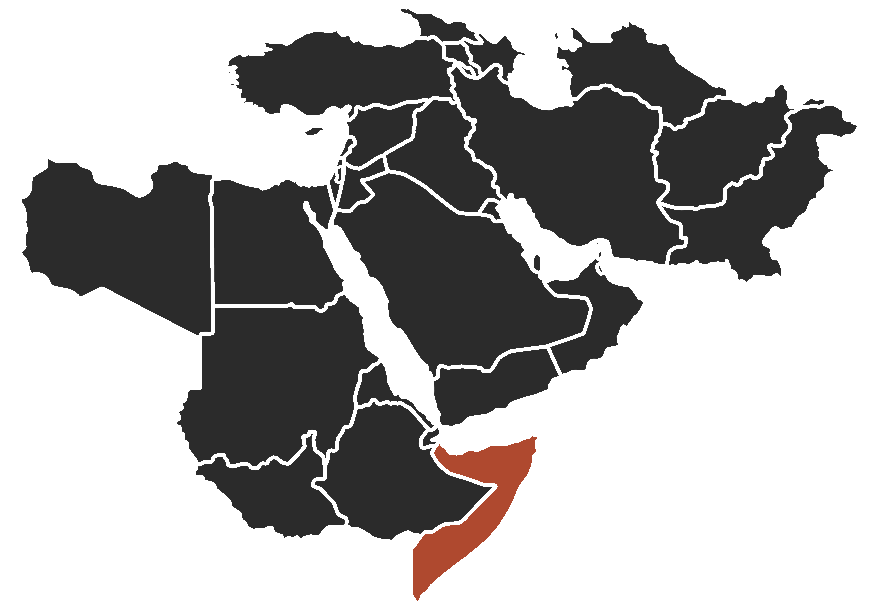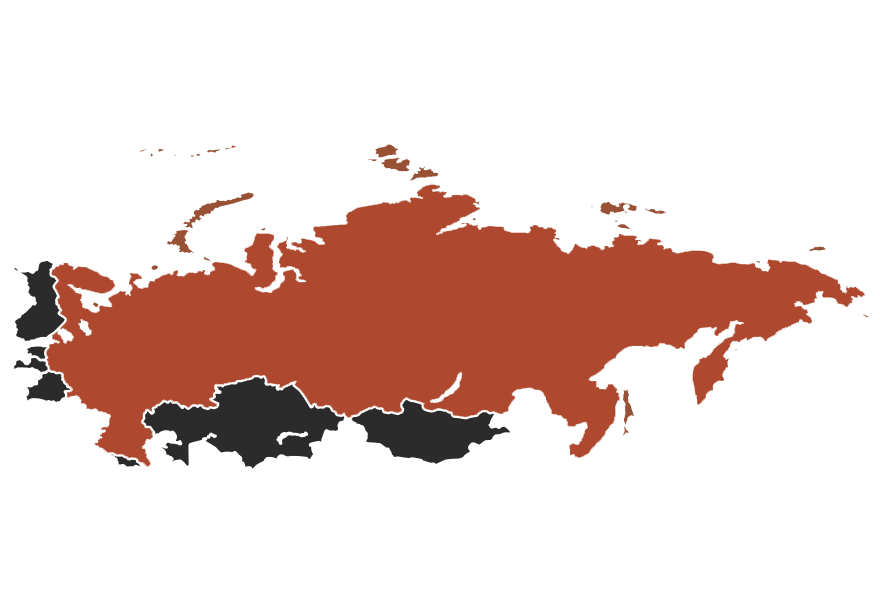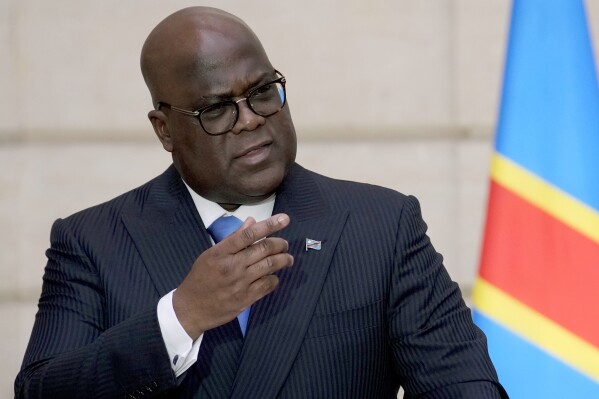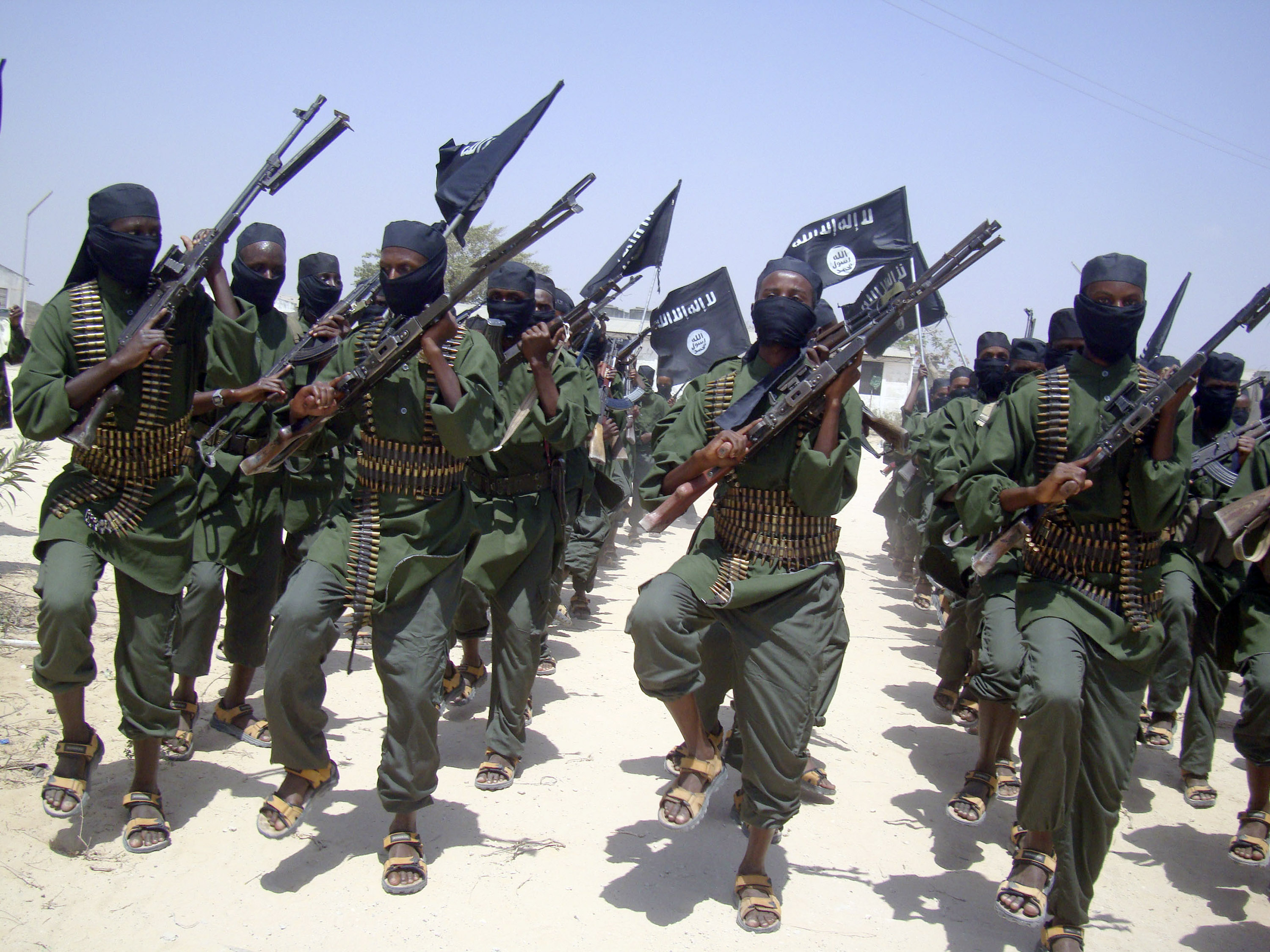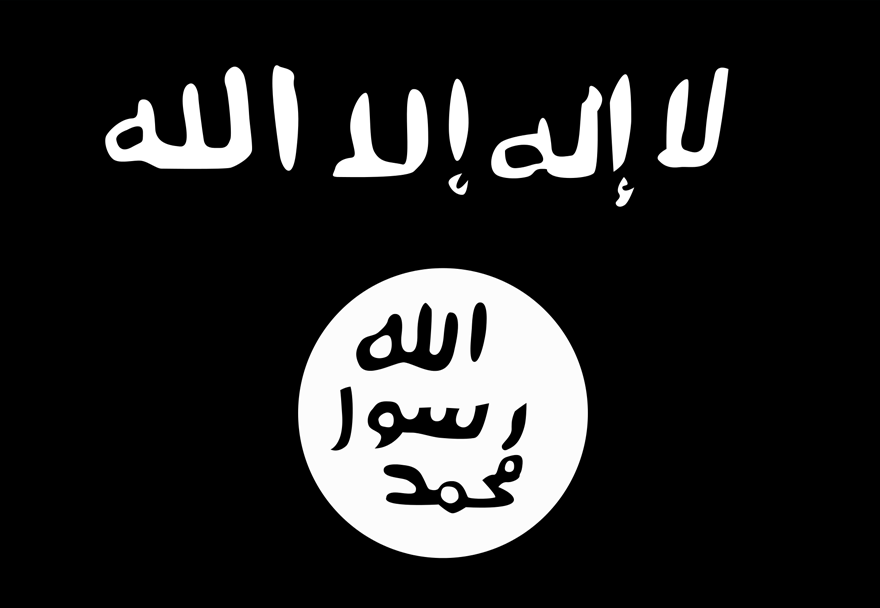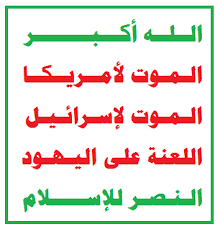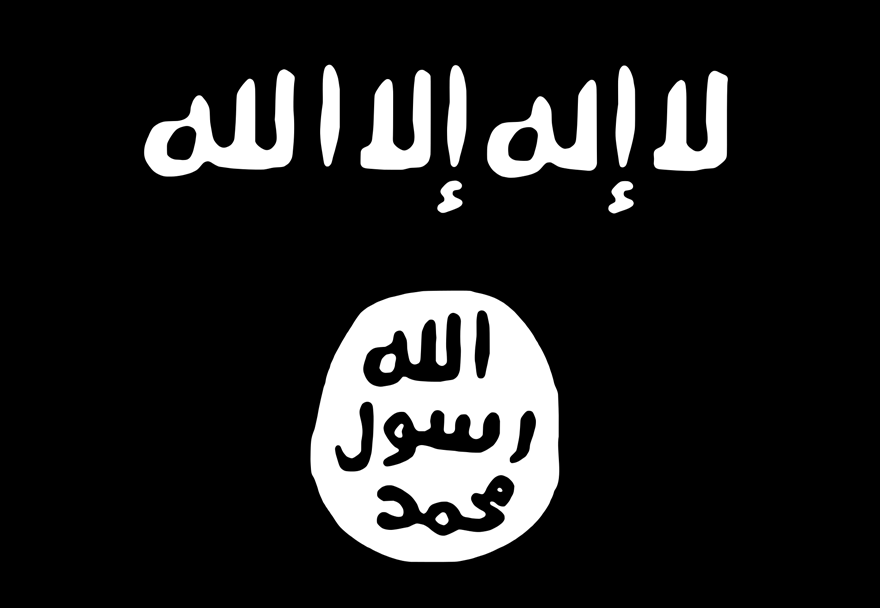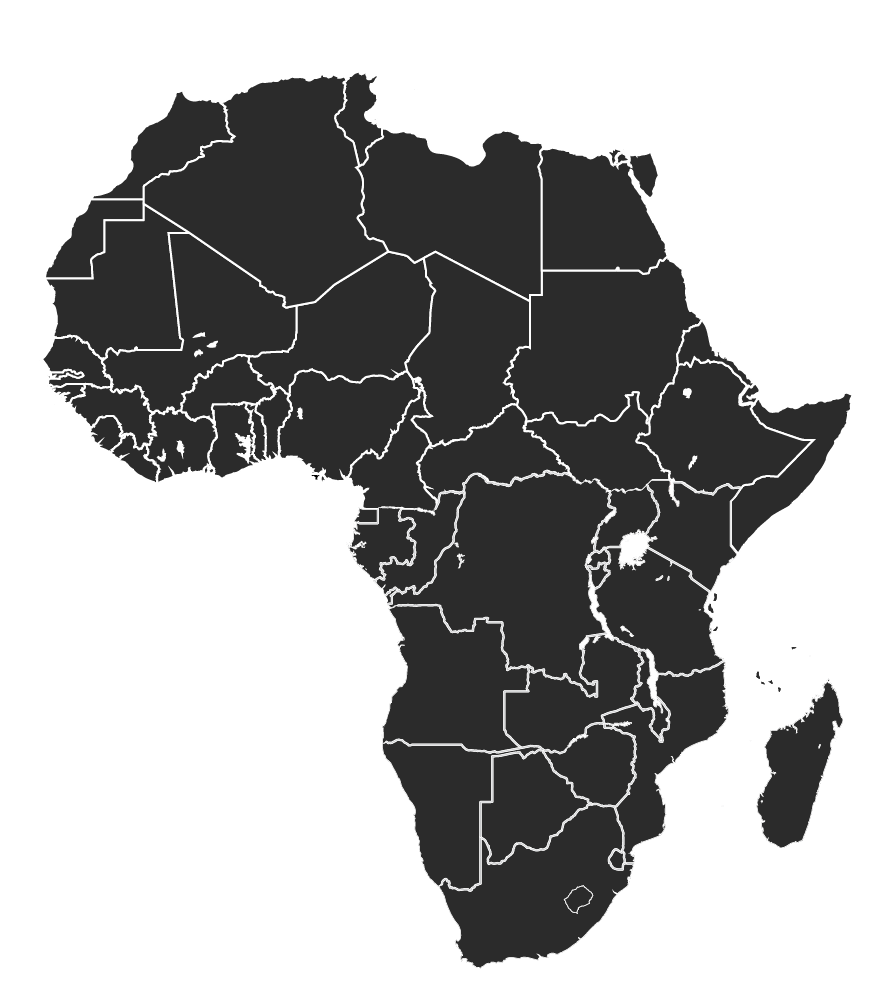Cutting Humanitarian Aid in Somalia and Fighting Terror
February 23, 2010
Cutting Humanitarian Aid in Somalia and Fighting Terror
The United Nations has recently ratcheted up its criticism of the United States’ decision to withhold humanitarian aid to parts of Somalia controlled by the Islamist terror group al Shabaab. The international body’s official in charge of aid distribution in Somalia accused the U.S. of preventing the distribution of tens of millions of dollars in aid to a desperate and starving population. Any decision regarding the limiting of humanitarian aid to a country in need can be terribly difficult, especially for a country such as Somalia, which has seen 85,000 people displaced in 2010 alone and is described by the World Bank as “one of the poorest countries in the world.” But the United State’s decision to withhold aid to terrorist-controlled parts to the country is the right decision for the people of Somalia and, more importantly, the security of the United States.
Somalia has been without an effective government since the overthrow of the despot Mohamed Siad Barre in 1991. The international community has made many attempts to prop up transitional and reconciliation governments over the past two decades, but the country has inevitably continued to fall to the control of various tribal warlords and Islamist groups. Today, the control of the U.N.-backed Transitional Federal Government (TFG) is limited to a few strategic points inside the capital, Mogadishu, whereas a group resembling a hybrid of the Taliban and al Qaeda called al Shabaab governs most of the country’s south.
The Islamic provincial administrations of Al Shabaab impose a draconian interpretation of shari’a on its people. It has banned watching and playing soccer, dancing at weddings, listening to music, and the wearing of bras by women. It holds public whippings of women who refuse to wear the veil, public amputations of convicted thieves, and public stonings of adulterers (and, in some cases, rape victims). The group also has a well-trained and well-armed militia that includes hundreds of foreign fighters, including dozens from the U.S. and Europe. It has conducted sophisticated terror attacks, including twin car bombings, on its targets inside Somalia. It views itself as contributor to the global jihad led by al Qaeda and has threatened to attack the United States. Perhaps most alarmingly, al Shabaab has extensive geographic space to train and plan for terrorist attacks due to its control of such large parts of Somalia.
Tragically, al Shabaab has exploited the generosity of the United States and the broader international community by using foreign humanitarian aid to bolster its capacity and maintain its control of southern Somalia. The group has raised funds through “taxing” aid distributors or forcing them to pay fees at checkpoints in order to operate in a given area. In other cases, the U.N. has used Somali contractors sympathetic to al Shabaab who, instead of distributing food aid in its totality, would sell portions of it and then divert the revenue to al Shabaab for arms purchases.
Moreover, al Shabaab operates an “Office for Supervising the Affairs of Foreign Agencies,” which plays the role of regulating foreign aid distribution in al Shabaab-controlled territories. This administrative function achieves two significant objectives for al Shabaab. First, it allows the group to define itself as the sole governing authority in southern Somalia. Al Shabaab presents the impression to the Somali people and the international community that it is the legitimate authority in the region by dictating regulations to international organizations, such as the U.N., and violently enforcing those regulations. Second, by regulating foreign humanitarian aid, al Shabaab also defines itself as the protector of the Somali people and the United States as the enemy. It justifies its regulatory measures by telling the Somali people that foreign aid is part of an American stratagem to undermine Somali farmers and make the Somali people dependent on infidels. Defining itself as southern Somalia’s sole governing authority and the protector of the people only bolsters al Shabaab’s grip on power in the country.
Humanitarian aid to southern Somalia will not improve the plight of the Somali people, nor will it enhance America’s security. In fact, quite to the contrary, humanitarian aid to southern Somalia will strengthen a terror group that brutally oppresses the people under its control and has threatened to attack the United States. But while withholding humanitarian aid to terrorist-controlled parts of Somalia successfully limits the worsening of conditions there, it alone fails to significantly reduce the threat posed by al Shabaab and improve the conditions for the Somali people. The U.S. and its international partners must act urgently to develop a complete strategy to weaken al Shabaab.
The U.S. State Department made the grudgingly painful yet correct decision to cut humanitarian aid to Somalia, and it must continue to ward off the pressure and criticism thrown its way by the United Nations. Unfortunately though, the suffering of the Somali people will continue and the U.S. will remain at risk until the Obama Administration recognizes the severity of the threat posed by al Shabaab and develops a comprehensive strategy to mitigate that threat.
